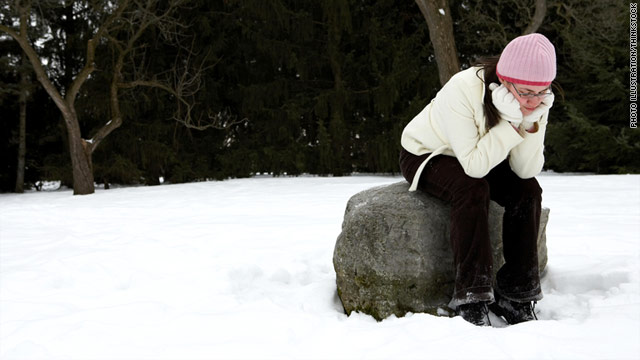The holidays are soon approaching and the days are getting shorter, meaning less daylight during waking hours. Holidays bring a variety of emotions out of people ranging from their favorite time of the year to the most depressing time of the year.
If you fall in the latter category, there may be more to it then just the routine hustle and bustle of the season getting you down.
Seasonal Affective Disorder (S.A.D.) is a type of recurrent depression that waxes and wanes with the seasons of the year. Winter is the most common season symptoms appear, while a small minority of people report increased depression during the spring and summer months.
S.A.D. has some distinguishing features that differentiate it from generalized depression. Depression that begins as early as late fall and lifts in the spring is most likely caused by SAD. People usually feel more depressed because of the lack of sunlight during this time. According to the National Alliance of Mental Health (NAMH), scientists have found that the neurotransmitter serotonin does not work optimally in patients with S.A.D.
S.A.D. is found to be more common among women, although men may have more severe symptoms. Incidences of S.A.D. typically with decrease with age in both sexes. Just like general depression, people with a family history of S.A.D. or a previous diagnosis of depression or bipolar disorder are more at risk. In addition, living further from the equator seems to have a connection with the disorder.
Winter characteristics of recurrent S.A.D. include daytime fatigue, oversleeping, carbohydrate cravings and weight gain in addition to typical depression symptoms. Summer characteristics are typically the opposite of winter with insomnia, decreased appetite, weight loss and agitation or anxiety as the mainstay symptoms.
Treatment of S.A.D. is no different that any other type of depression with the exception of light therapy for those affected by the winter variation. Anti-depressants, psychotherapy and light therapy are all potential treatments for the disorder.
Some studies have noted that treatment of S.A.D. with light therapy is as effective and works quicker than antidepressants in some individuals. Light therapy is usually sitting near a special lamp for a minimum of 30 minutes each day shortly after waking. Light boxes can be purchased over the counter, but before purchasing one speak to your physician about your symptoms and which treatment option may work best for you.
In addition to working as a FNP, Nachole Johnson is a freelance copywriter and an author with her first book, You’re a Nurse and Want to Start Your Own Business? The Complete Guide, available on Amazon. Visit her ReNursing blog at www.renursing.com for more ideas on how to reinvent your career.
- African American Women and the Stigma Associated with Breastfeeding - August 18, 2016
- Surviving Your First Year as a Nurse - February 29, 2016
- Study Tips for the Nursing Student - September 2, 2015



